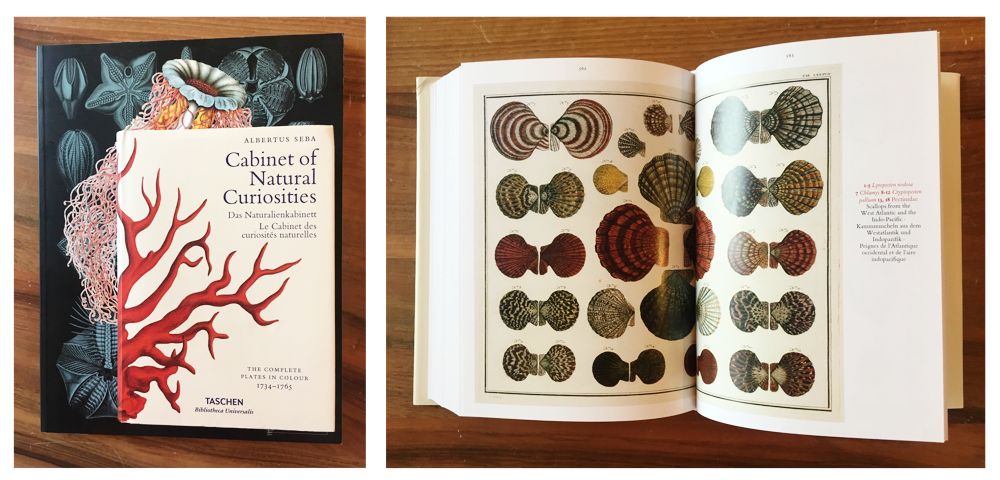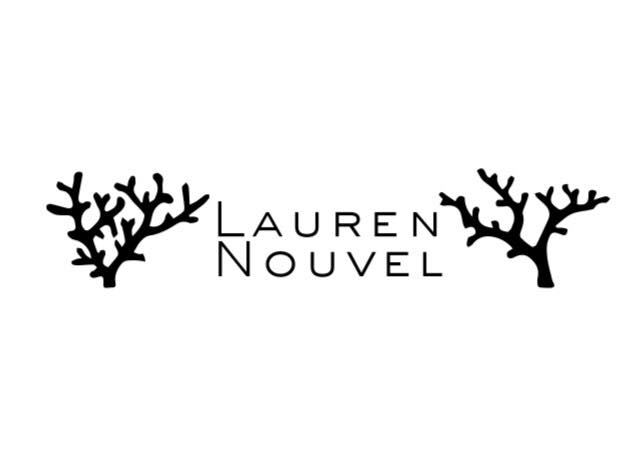Design inspiration
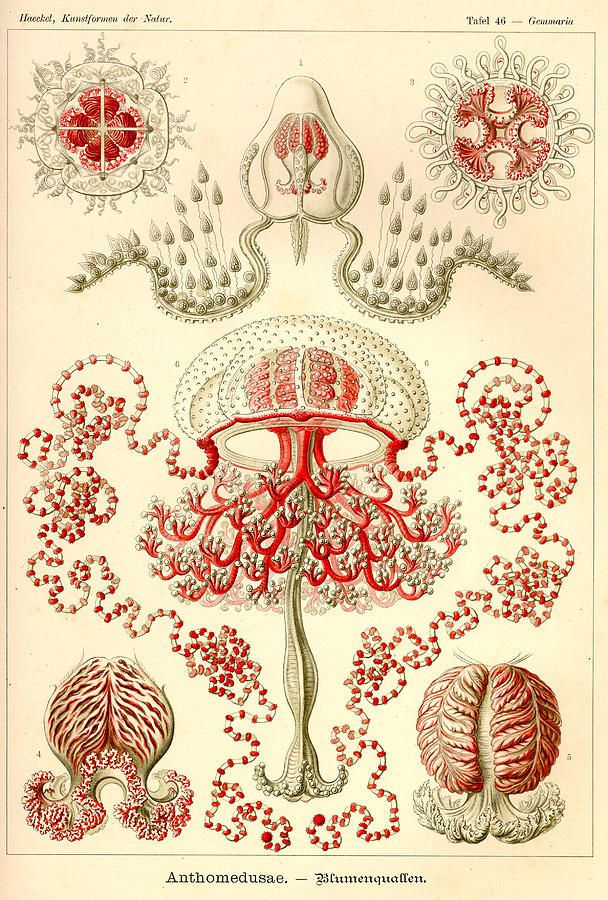
I am in thrall to the sea and all the fascinating and mysterious lifeforms, shells, colours and plants that exist beneath the waves, in rock pools and on beaches. The influences for my designs begin with nature and marine life, and are enriched by my reverence for a number of artists, natural historians and craftspeople, a select few of whom I wish to write about here. Finding a little book of coloured postcards in a bookshop during my time at art college was to inspire the shapes and colours of the glass jewellery collection I began to work on. The postcards were a collection of prints drawn by Ernst Haeckel (1834-1919) philosopher, professor, physician, naturalist, biologist and artist. He was a highly respected scientist and coined many phrases in his work that we use today, such as 'ecology'. It was said that many of his contemporaries thought his illustrations of nature were unnecessarily flamboyant, but he persisted with his artistic flair to create drawings that captured the interest of the public, and gain wider support for the sciences in doing so.
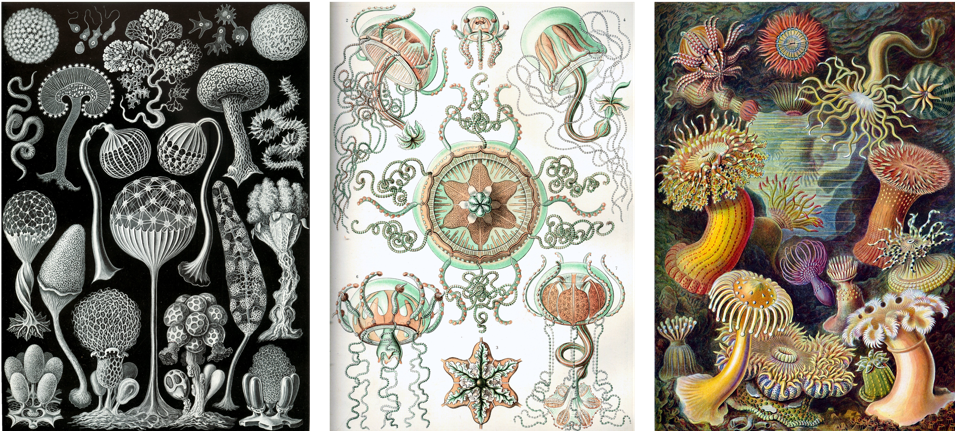
His beautiful drawings hooked my interest immediately, and I incorporated the colours and forms from a number of Haeckel's drawings into the glass experiments I was working on during my degree.
Seattle glass artist of great renown, Dale Chihuly is another inspirational craftsman who I admire deeply. I first saw his work at an exhibition at the V&A, whilst studying for my degree. I cannot imagine anyone not being stopped in their tracks on seeing Chihuly's glass, and staring in wonder. They bring great joy to those visiting his exhibitions, with their vibrant colours and bold organic forms. Some are like silent, colourful explosions stopped in time.
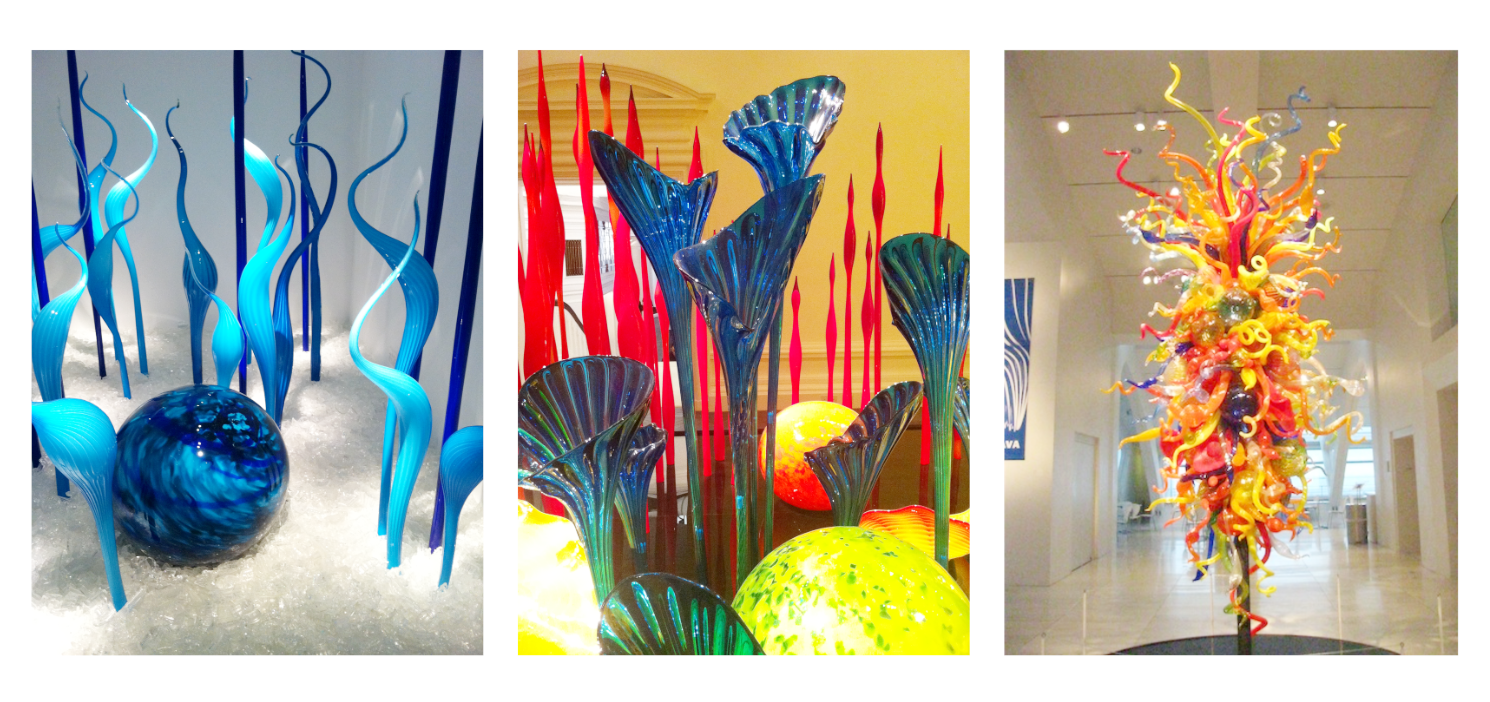
I have visited a number of Chihuly's exhibitions in London, and each one was designed very much with the space in mind, such as his exhibition at Kew Gardens which included glass works nestled between plants in the great glasshouses, and brightly coloured, globular glass shapes floating on the ponds.
Finally, I cannot go without mentioning Henri Matisse (1869 –1954), and his cutouts in particular. Having been disabled following an operation later on in his career, Matisse was not able to manipulate colour for painting, or to produce sculptures as he used to, and so he took to cutting shapes from paper that had been coloured to the exact shade that he required.
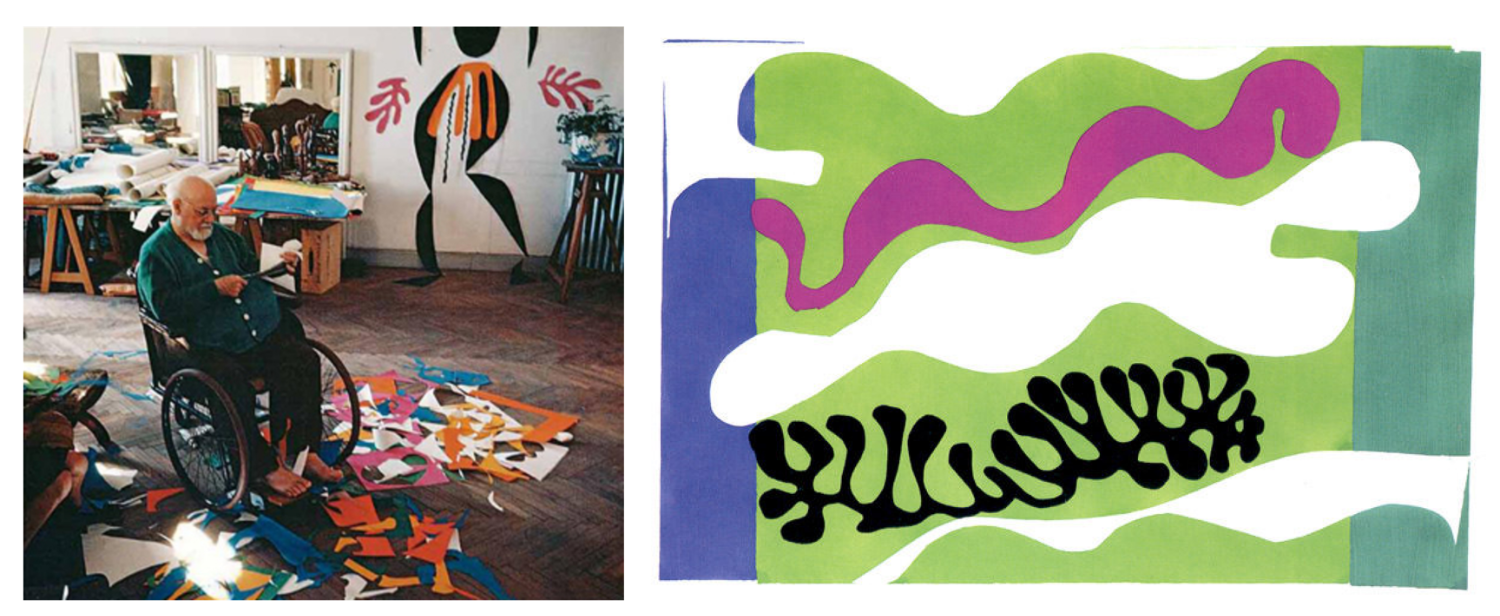
He created dynamic shapes and colourful collages, many of which seem to be inspired by seaweeds, corals and marine life.
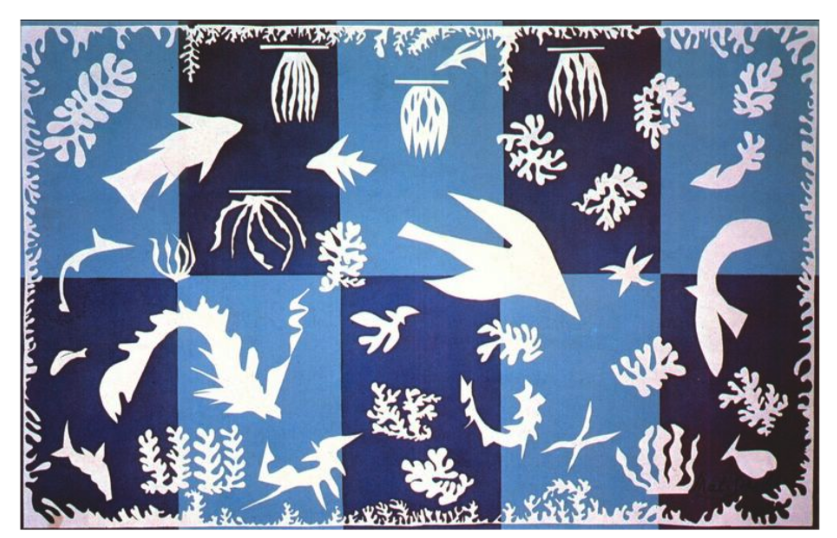
I visited the Musée Matisse in Nice whilst on holiday in Antibes. The villa that houses the museum was Matisse's own house and is memorable not just for the wonderful collection of the artist's works spanning his career. A climb up Avenue des Arènes de Cimiez brings you to the bold red-painted museum with many of the windows painted 'trompe-l'oeil', which gives the building a slightly surreal appearance. It is situated right next to a Gallo-Roman amphitheatre and baths, surrounded with centuries-old olive trees. These artists will continue to influence my designs for many years to come. Just before I sign off, I wanted to mention my latest acquisition from the bookshop - 'Cabinet of Natural Curiosities - the complete plates in colour 1734-1765' by Albertus Seba (published by Taschen). So much inspiration contained in one book.
